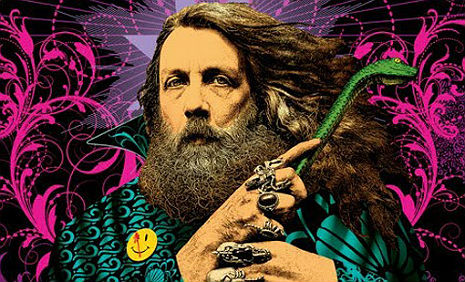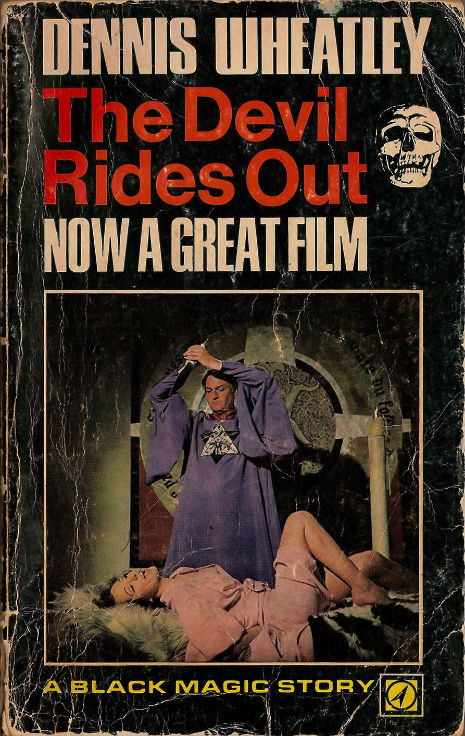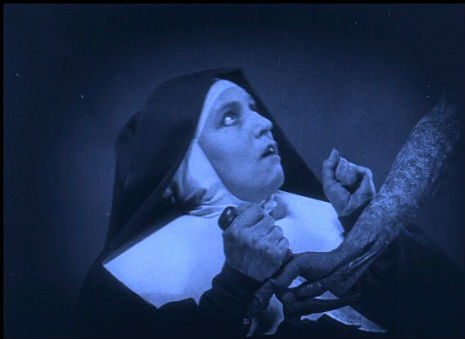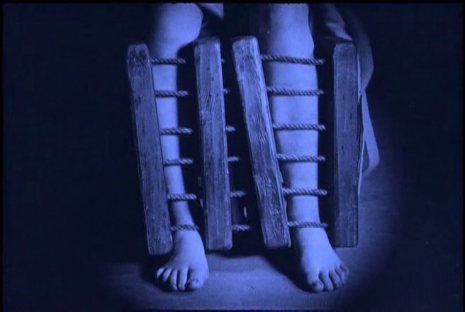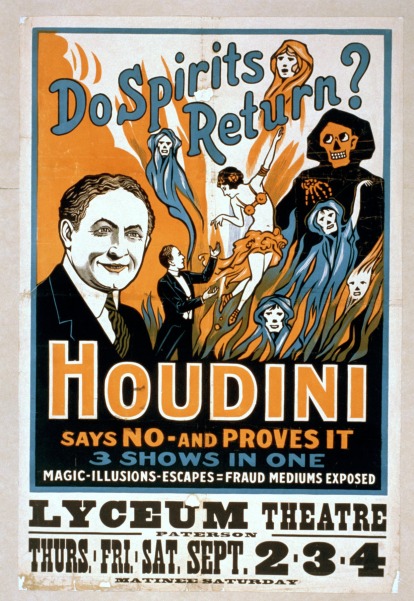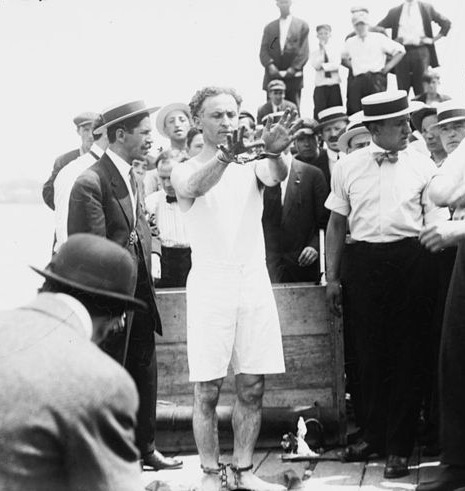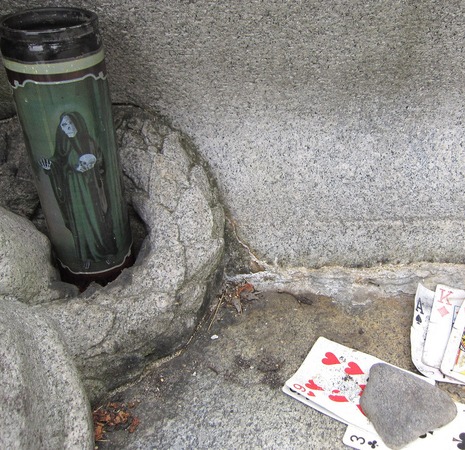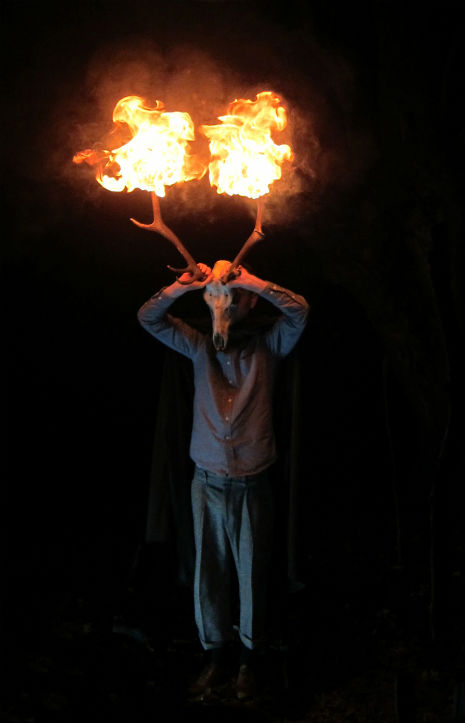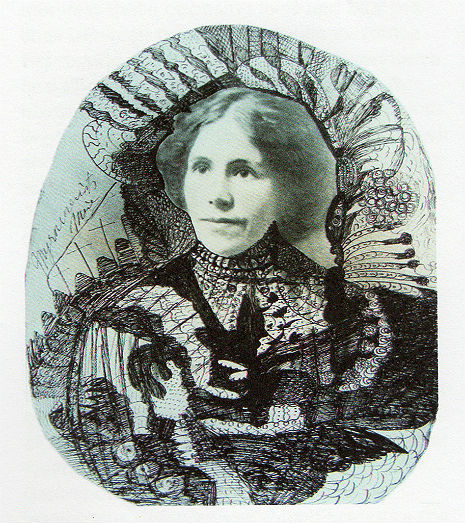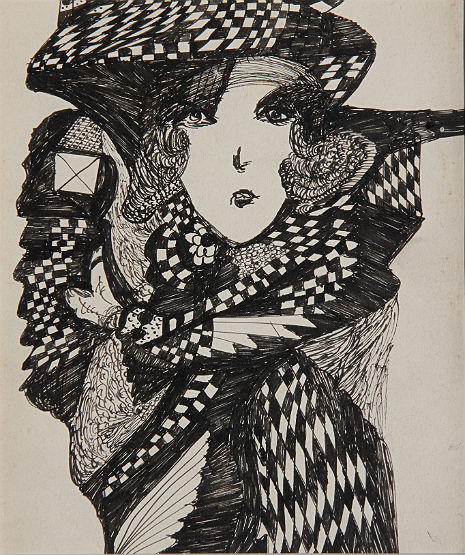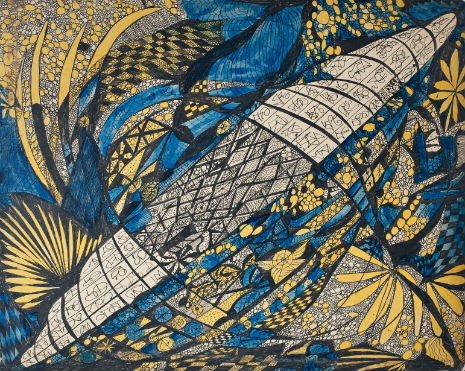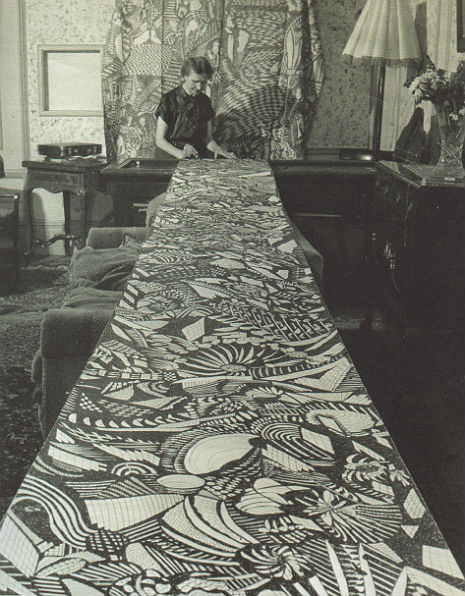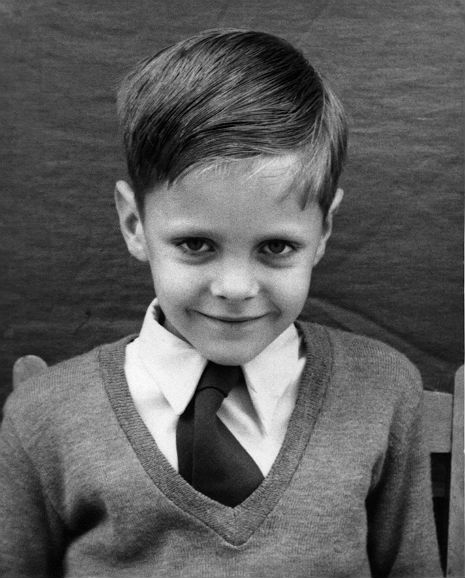
One Sunday morning, probably about fifteen years ago, I got a call from Genesis P-Orridge inviting me over to help him sort through his archives, which were then kept safely in a locked room in the basement of the Brooklyn brownstone Gen shared with his late wife, Lady Jaye (or Jackie as I knew her).
As one of the world’s most ardent Throbbing Gristle fans—I wouldn’t be the person I am today without Gen’s influence during my formative years—this was not an opportunity I was going to turn down. We sorted through art work (the tampon sculptures from the notorious “Prostitution” exhibit, for instance), press clippings, several boxes containing hundreds of different Psychic TV tee-shirt printings of which one example of each was kept, 16mm film canisters, photographs, letters from people like William S. Burroughs, items from the “Mail Art” movement, videotapes, albums, posters, cassettes, CDs and so forth. It was big fun for me and naturally I got a private sort of “gallery tour” with the artist, albeit in a moldy-smelling basement with washing machines and stuff, as we sorted through the boxes and cataloged what was in them.
At one point, the conversation turned to the recent so-called “Beat Auction” at Sotheby’s—we’d gone together—where the personal effects of Allen Ginsberg were sold to the highest bidder, as well as artifacts related to, or that once belonged to, Jack Kerouac, William Burroughs, Harry Smith, Lawrence Ferlinghetti and others. The cataloging of his past seemed almost wearying to Genesis that afternoon, and his attitude seemed to be “Oh, who’s going to care about all this old stuff?”
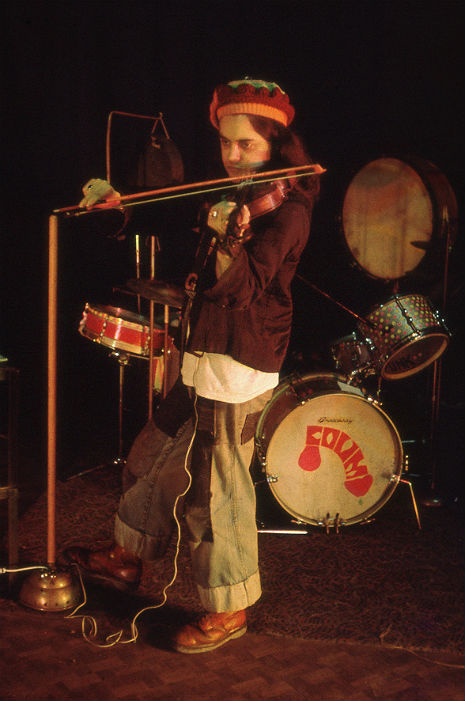
Whereas Genesis was not optimistic regarding the future value of his archive, I on the other hand, a book publisher, saw a potential goldmine from where I was standing. “Are you kidding me? Other than Patti Smith or Kenneth Anger [and Lawrence Ferlinghetti] you’re practically the last living link to the Beat Generation. Within no time at all, you’re going to be having museum retrospectives and people flying you all over the world to have you lecture. I can think of a gazillion ways to monetize the ephemera in this room. Books, documentaries, DVDs of these concert videos, CDs of the unreleased cassettes, all kinds of things. I mean, come on! The annuities that will support you in your dotage are in this room.”
Gen, being Gen, took this in world-weary stride, but of course I was right. Just this summer The Andy Warhol Museum in Pittsburgh held a three-month long retrospective of Gen’s art. There’s Thee Psychick Bible anthology of Gen’s writings on magick. Now London-based First Third have published a beautiful new high quality monograph coffee table book retrospective of Gen’s life with the title Genesis Breyer P-Orridge, as Gen—who these days prefers the feminine gender assignation “she”—has re-dubbed herself in honor of her late wife, Jackie Breyer.
anthology of Gen’s writings on magick. Now London-based First Third have published a beautiful new high quality monograph coffee table book retrospective of Gen’s life with the title Genesis Breyer P-Orridge, as Gen—who these days prefers the feminine gender assignation “she”—has re-dubbed herself in honor of her late wife, Jackie Breyer.

Photo: Marti Wilkerson
There are two variants on the Genesis Breyer P-Orridge publication, a numbered “standard edition” limited to 990 copies worldwide and a “deluxe edition” of 333 signed books with a linen bound Japanese-inspired presentation box with a cut-out PTV logo and several other extras including an art catalog, three 45rpm records and a 51cm square poster of the erotic Polaroids taken by Gen and Lady Jaye (“not for the easily-shocked” according to the press materials.)
First Third‘s publications are slick, beautiful, heavy objects that look rather fetching on a coffee table. (I reviewed their—excellent—book of Sheila Rock’s punk era photographs here). They were kind enough to send me a review copy of the standard edition of Genesis Breyer P-Orridge and as a longtime fan—forget that we’re pals—I must say that it’s quite a superb volume, offering a highly intimate glimpse into the public and private life of one of the most uncompromising artists of the past one hundred years, if not ever. (How many artists can YOU name who can boast of a worldwide occult network/cult? The entire idea of a cult band (Psychic TV) with an actual cult of followers (Thee Temple of Psychic Youth) is one of the greatest prolonged performance art pieces—one that scared the piss out of the British establishment, of course—ever in history. One day there will be serious sociological books and PhD dissertations written on the topic, mark my words.)

Photo: Sheila Rock
To be clear, this is not a cataloging of the life and work of Genesis P-Orridge, just the life part (the work slips in, too, in context, but it’s not the point). Genesis Breyer P-Orridge is an idiosyncratically themed, nearly purely visual autobiography—there is a very good interview by Mark Paytress that I wish I could read more of, but nearly all of the book’s 323 pages are devoted to photographs.
I’ve seen some of these shots before, but many of them are new to me, and they’re often quite illuminating or revelatory. Contradicting what I wrote above, seeing these photographs arranged in this way—there’s a definite art to it—the lifelong modus operandi of P-Orridge the artist, the man and now the woman, becomes much, much clearer. From the hippie gross-out performance art of COUM Transmissions through Throbbing Gristle, Psychic TV, Gen’s influence on the piercing, body art and tattooing subcultures, to the elaborate plastic surgery of the Gilbert & George meet Orlan pandrogeny experiment with Lady Jaye, a very definite narrative emerges. The reader (more the beholder, I suppose) also gets more than an eyeful of Breyer P-Orridge’s sex magick rituals, which are interesting, to say the least.
Some of the shots are just priceless. I love the ones of Gen as an incredibly mischievous looking kid and the one of him with FRANK ZAPPA. I’ve never seen someone—especially someone as loquacious as Genesis is—express themselves or “write” their autobiography so successfully in scrapbook form like this. It’s a unique and interesting publishing experiment on so many levels. (It’s also interesting to see who is pointedly missing from the book, but I’m not about to step into that one.)
My guesstimate of the potential worldwide buyers for Genesis Breyer P-Orridge is about 6000 people, but there are just 1323 copies. This book could make a boffo (certainly unexpected) Christmas present for “a certain person” on your list, or if you’re that certain person yourself, don’t snooze and lose because once these are sold, they’re gone.
You can order Genesis Breyer P-Orridge at www.firstthirdbooks.com.
Below, the mesmerizing and beautifully evil long version of Cerith Wyn Evans’ video for Psychic TV’s “Unclean.”
A 2009 interview that I conducted with Genesis upon the publication of Thee Psychick Bible . Part 2 is here.
. Part 2 is here.

, two volumes of his autobiography (which I highly recommend) and Paul McCartney’s officially sanctioned biography, Many Years from Now.










